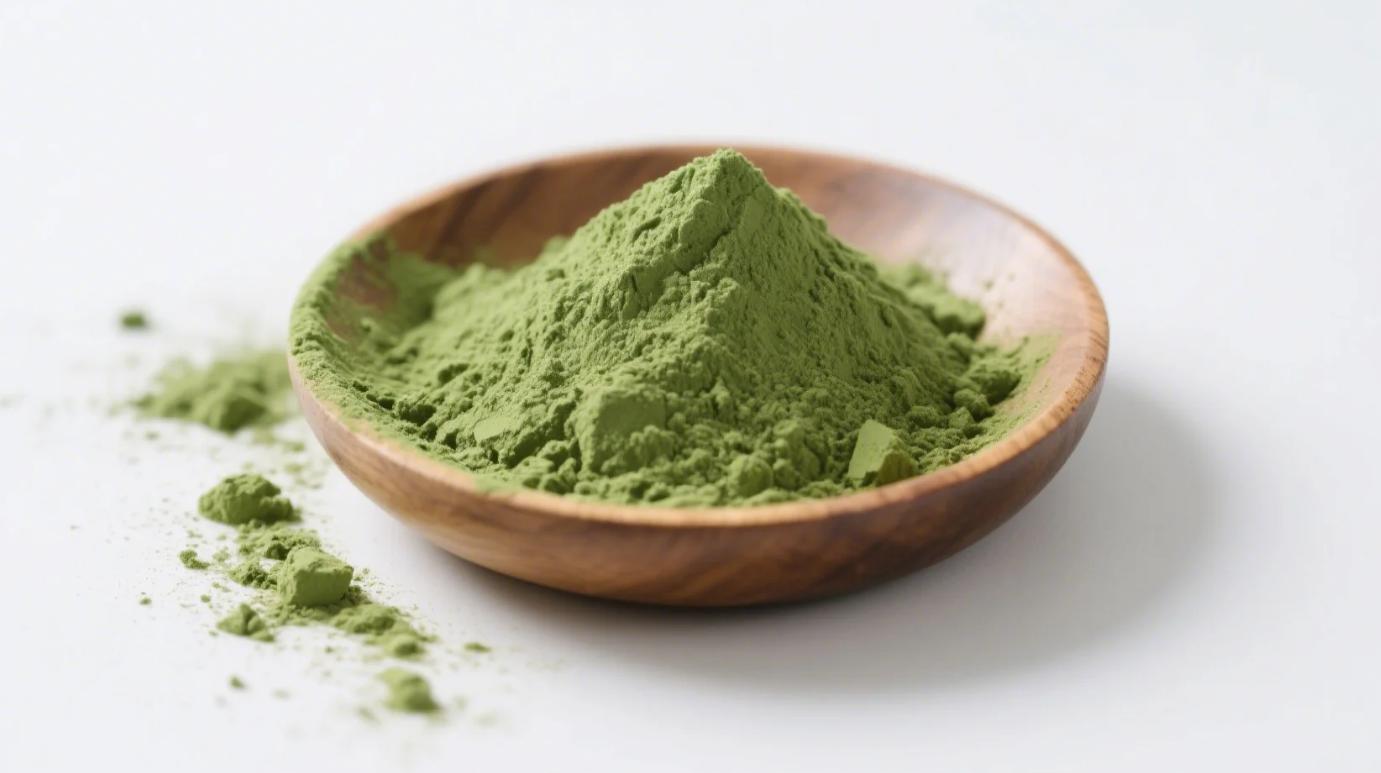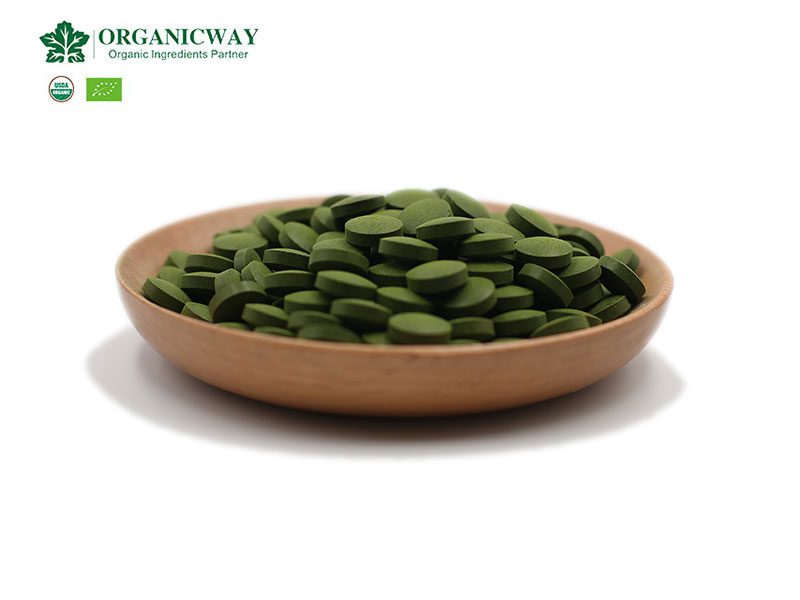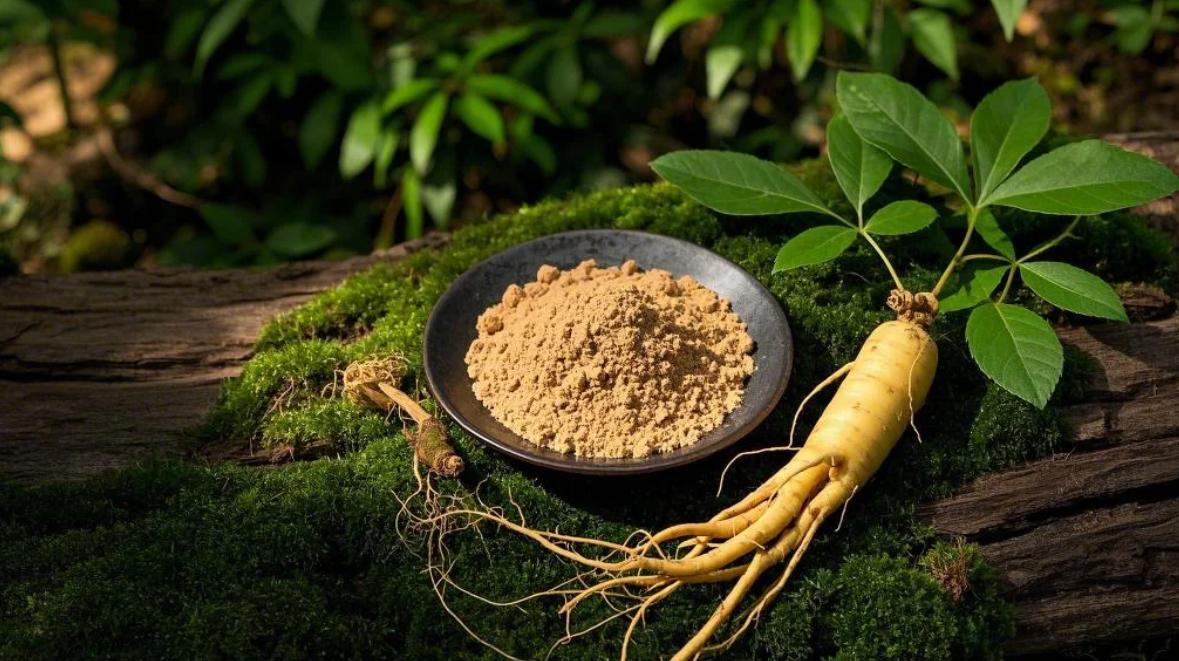Table of Contents
Matcha isn’t just green tea; it’s a centuries-old tradition, revered for its vibrant color, unique umami flavor, and potent health benefits. If you’re looking to effortlessly incorporate its concentrated energy and antioxidant power into your daily routine, organic matcha powder is an exceptional choice. But with a growing number of options, how do you ensure you’re picking a high-quality product that truly delivers on its promise of purity, flavor, and vitality?
Let’s dive into what truly matters when selecting your ideal organic matcha powder for a superior experience.
Why Choose Organic Matcha? Beyond Just Green Tea
Before we get to the buying tips, let’s quickly recap why organic matcha powder stands out as a unique superfood:
- Concentrated Nutrients: Unlike regular green tea where leaves are steeped and discarded, matcha involves consuming the entire stone-ground tea leaf. This means you get a much higher concentration of antioxidants (like EGCG), L-Theanine, chlorophyll, and vitamins.
- Sustained Energy & Calm Focus: Thanks to its unique combination of caffeine and L-Theanine, matcha provides a gentle, sustained energy boost without the jitters often associated with coffee. L-Theanine promotes a state of relaxed alertness and improved focus.
- Antioxidant Powerhouse: Matcha is exceptionally rich in catechins, particularly EGCG, which are powerful antioxidants that help combat oxidative stress and support cellular health.
- Vibrant Color & Flavor: High-quality matcha boasts a brilliant emerald green color and a unique balance of sweet, umami, and subtly bitter notes.
- Purity: Choosing organic ensures your matcha is grown without synthetic pesticides, herbicides, or chemical fertilizers.
Your Smart Shopping Checklist: What to Look For
When you’re ready to select your organic matcha powder, keep these critical factors in mind:
- Always Verify “Organic” Certification:
- Why it Matters: Tea plants are known to absorb elements from their soil and environment. The “organic” label is your strongest guarantee of purity, ensuring the tea leaves were grown without synthetic pesticides, herbicides, or GMOs. This is crucial for a product you’ll be consuming whole.
- Look For: Clearly displayed organic certification logos (like USDA Organic, EU Organic, or JAS in Japan) prominently on the packaging.
- Understand the Grade: Ceremonial vs. Culinary:
- Why it Matters: Matcha is graded based on leaf quality, processing, and intended use.
- Ceremonial Grade: Made from the youngest, finest tea leaves (first flush). It has the most vibrant color, smoothest taste, and is meant to be whisked with hot water and enjoyed on its own.
- Culinary Grade: Made from slightly older leaves or different flushes. It has a bolder, sometimes more astringent flavor and is designed to blend well with other ingredients.
- Look For: A clear indication of the grade. If you plan to drink it straight (usucha or koicha), choose ceremonial grade. For lattes, smoothies, baking, or cooking, a culinary grade is often more suitable and cost-effective.
- Why it Matters: Matcha is graded based on leaf quality, processing, and intended use.
- Assess Color and Aroma:
- Why it Matters: These are key indicators of freshness, quality, and proper processing. A vibrant color suggests well-preserved chlorophyll and healthy leaves.
- Look For: A bright, vivid emerald green color. Avoid matcha that looks dull, yellowish-green, or brownish, as this can indicate oxidation, old stock, or poor quality leaves. It should have a fresh, grassy, slightly sweet, and savory (umami) aroma, not a stale, fishy, or overly bitter smell.
- Consider the Origin:
- Why it Matters: Japan is renowned for its centuries-old matcha production expertise. Specific regions are famous for their quality.
- Look For: Labels indicating the origin, such as “Product of Japan,” and ideally the specific region (e.g., Uji, Nishio, Kagoshima). While other regions now produce matcha, Japanese matcha often sets the standard for quality.
- Check for Fineness of Grind:
- Why it Matters: Traditionally, matcha is stone-ground to an ultra-fine powder. A finer grind contributes to better solubility, a smoother mouthfeel, and a richer foam (for ceremonial).
- Look For: A powder that feels incredibly soft and silky when rubbed between your fingers, without any grittiness.
- Review Packaging and Storage:
- Why it Matters: Matcha is highly susceptible to degradation from light, air, heat, and moisture, which can quickly diminish its color, flavor, and beneficial compounds.
- Look For: Airtight, opaque packaging (e.g., tins or dark, vacuum-sealed pouches) that protects from light. Once opened, always store your matcha in the refrigerator in a sealed, airtight container to maintain freshness and vibrancy.
By applying these detailed tips, you’ll be well-equipped to select a premium organic matcha powder that not only meets your dietary needs but also elevates your wellness journey with its vibrant color, unique flavor, and pure, concentrated power.
How will you begin your mindful matcha ritual today?
Recommended Product
Organic Matcha Powder
Organic matcha powder offers ceremonial-grade purity (Uji/Kagoshima) or culinary versatility. Rich in EGCG, L-theanine, and…


